- DroidAfrica
- ZTE
- ZTE Blade V Smart
ZTE Blade V Smart
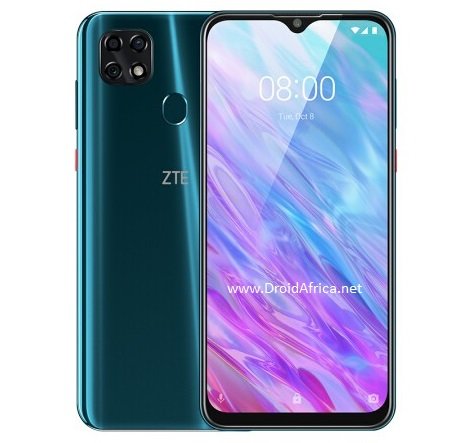
ZTE Blade V Smart Highlights and Overview
Running the Mediatek Helio P60 and housing a large 5000mAh battery, the ZTE Blade V Smart tries to balance between speed and battery stamina. It a mid-range phone and comes in a 6.5-inch display with 720 x 1560 pixels resolution. The screen has the usual V-shape notch above the display housing the selfie camera.
On the inside, the ZTE Blade V Smart is powered by the aforementioned Octa-core MediaTek Helio P60 CPU clocked at 2.0 GHz. Graphic is handled by the ARM Mali-G72 MP3, coupled with 4GB of RAM and 128GB internal storage.
On the camera department, you are getting three sensors at the back, comprising of a 16-megapixel main shooter, 8-megapixel wide lens and 2-megapixel depth sensor, while a single 8-megapixel shooter seats upfront, featuring face beautification and AI-FaceID.
There is also a rear placed fingerprint scanner, as well as a slot for dual Nano-SIM with 4G LTE support on both SIMs. The phone runs on Android 9.0 underneath MiFavor custom interface. It has 5000mAh battery with 18W fast charging and available in Black, Green and Red Gradient colors. The full specifications and features of the ZTE Blade V Smart are contained in the table below.
ZTE Blade V Smart Full Specifications and Features
NETWORK
| Technology | GSM / HSPA / LTE |
| 2G Network Bands | GSM 850 / 900 / 1800 / 1900 - SIM 1 & SIM 2 |
| 3G Network Bands | HSDPA 850 / 1900 / 2100 |
| 4G Network Bands | LTE band 2(1900), 4(1700/2100), 7(2600), 12(700), 17(700) |
| 5G Network Bands | Does support 5G network |
| Speed | HSPA 42.2/5.76 Mbps, LTE Cat4 150/50 Mbps |
LAUNCH
| Also Known As |
- - |
BODY
| Dimensions | 162.9 × 76.6 × 8.5 mm |
| Weight | 190 grams |
| SIM Type | Dual SIM (Nano-SIM, dual stand-by) |
DISPLAY
| Display Type | IPS LCD capacitive touchscreen, 16M colors |
| Size | 6.5-inches, 72.9 cm2 (~84.3% screen-to-body ratio) |
| Resolution | 720 x 1560 pixels, 19:9 ratio (~284 ppi density) |
PLATFORM
| Operating System | Android 9.0 (Pie); MiFavor |
| Chipset | Mediatek MT6771V/C Helio P60 (12nm) |
| CPU | Octa-core (4x2.0 GHz Cortex-A73 & 4x2.0 GHz Cortex-A53) |
| GPU | Mali-G72 MP3 |
MEMORY
| RAM + ROM | 4 GB |
| Card Slot | Yes, up to 256 GB GB via microSD card (uses SIM 2 slot) |
MAIN CAMERA
| Camera Type | Triple Lenses |
| Camera Sensor(s) | 16 MP + 8 MP + 2 MP Main main camera |
| Camera Features |
Autofocus Continuous shooting Geotagging Panorama HDR Touch focus Face detection White balance settings ISO settings Exposure compensation Self-timer Scene mode 5-element lens |
| Video Resolution | 1080p@30fps |
SELFIE CAMERA
| Camera Type | Single Lens |
| Camera Sensor(s) | 8 megapixel |
| Camera Features |
Face Beautification FaceID HDR |
| Video Resolution | 720p |
SOUND
| Loudspeaker | Yes |
| Speaker Location | Placed at the base of the phone |
| Audio Jack Type | Yes, 3.5mm audio jack |
CONNECTIVITY
| Bluetooth | Bluetooth 4.2, A2DP, LE |
| NFC | |
| GPS | Yes, with A-GPS, GLONASS, BDS |
| FM Radio | Yes |
BATTERY
| Battery Capacity | Non-removable Li-Ion 5000 mAh battery |
| Wireless Charging | No |
| Talk Time Talk Time is the longest time that a single battery charge will last when you are constantly talking on the phone under perfect conditions, Ambient temperature and highly dependent on the cellular network environment such as the distance to the closest cell network tower. | Up to 39 hours |
| Stand-by | Up to 880 hours |
OTHER FEATURES
| Sensors | Fingerprint (side-mounted), accelerometer, proximity, compass |
| Box Contents | Charging Brick / USB cable |
ZTE Blade V Smart User Reviews and Opinions
Comments 2
Leave a Reply
Disclaimer Note
This specification was entered manually, hence we CANNOT guarantee 100% accuracy. Any error? Let us know in the comment section.







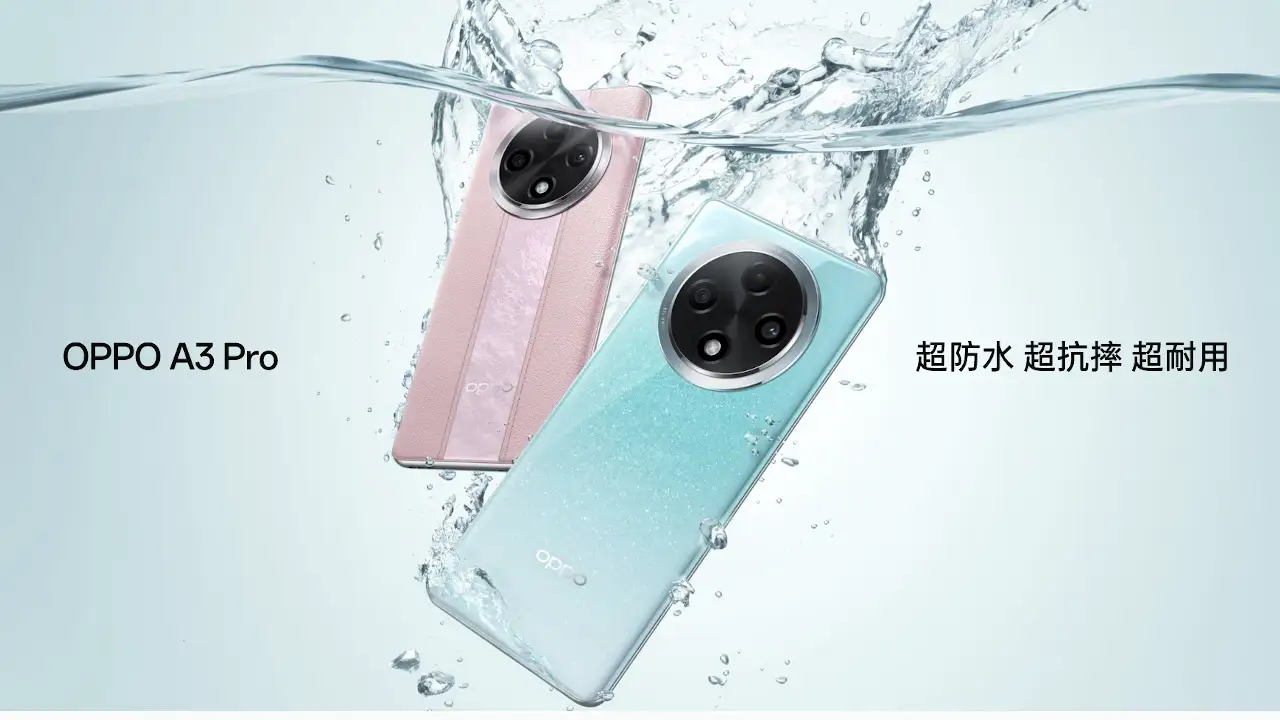

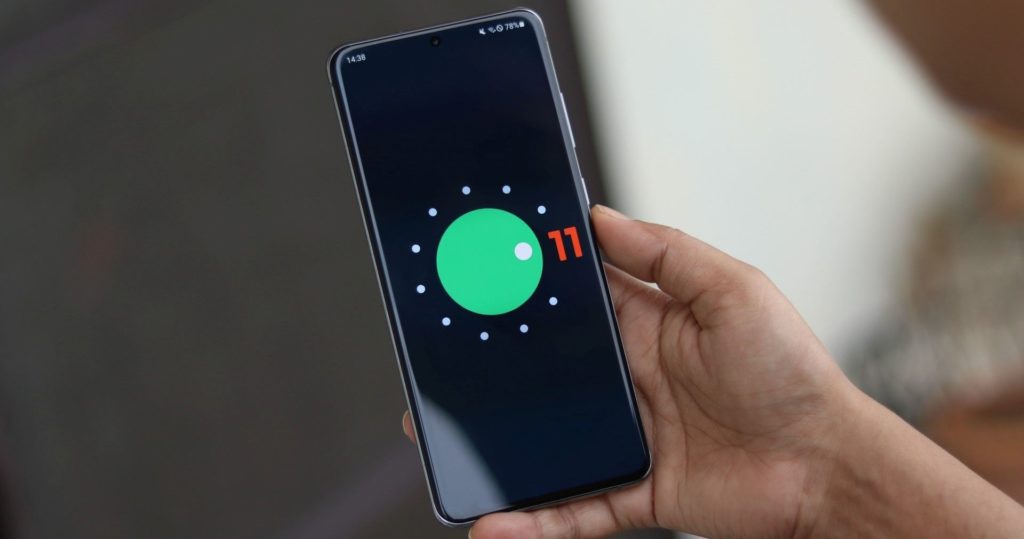
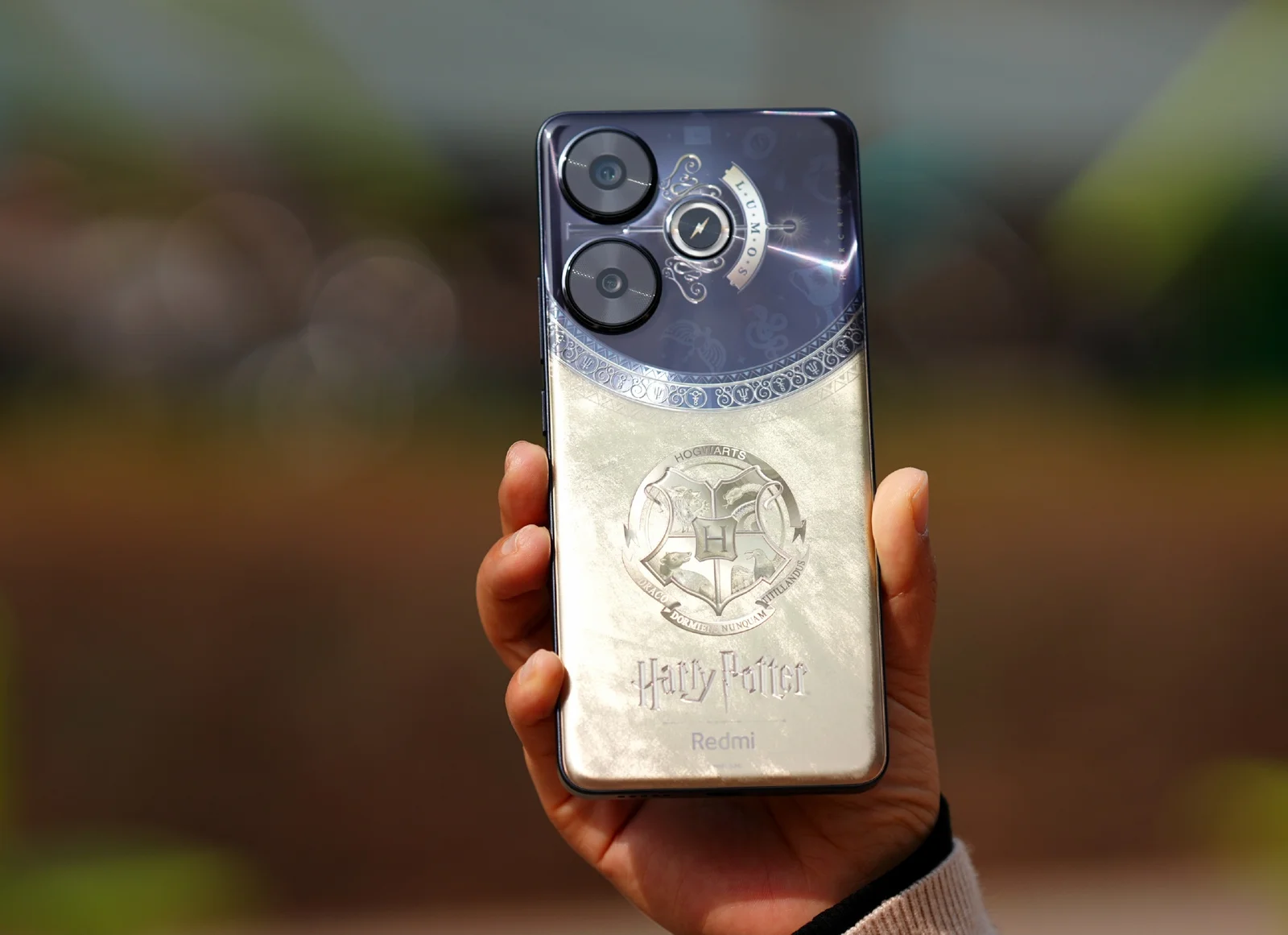
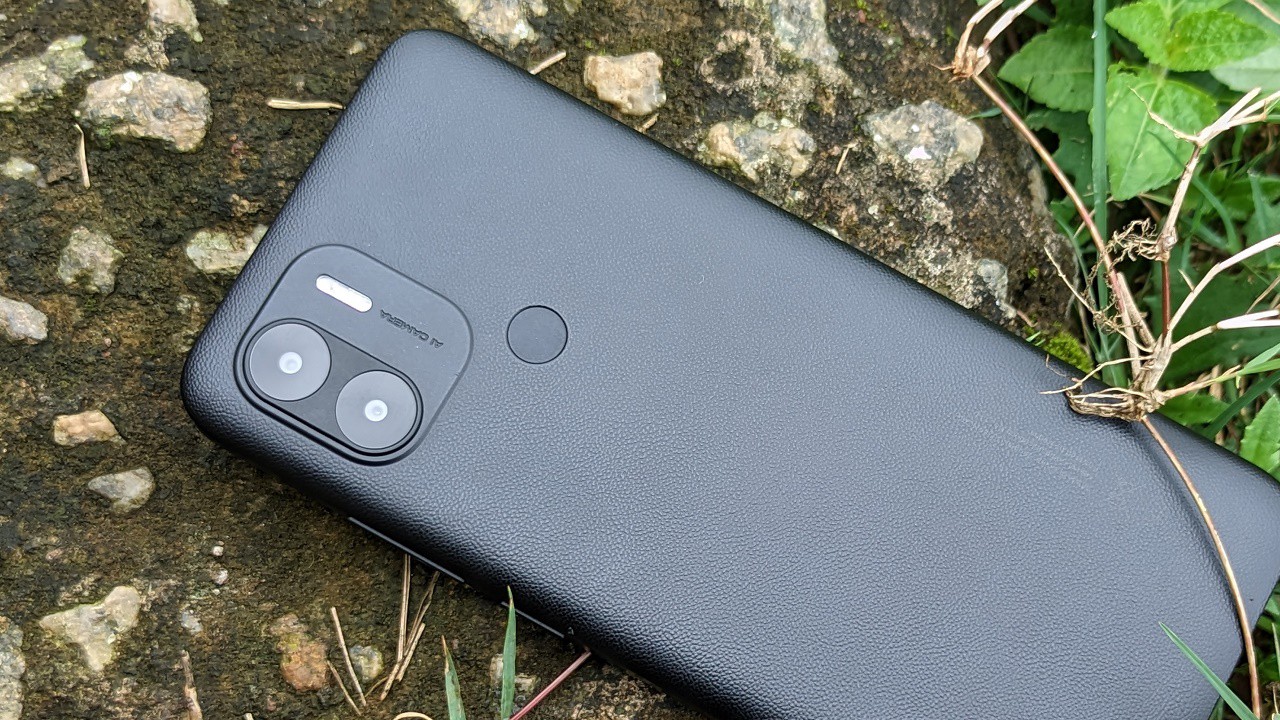
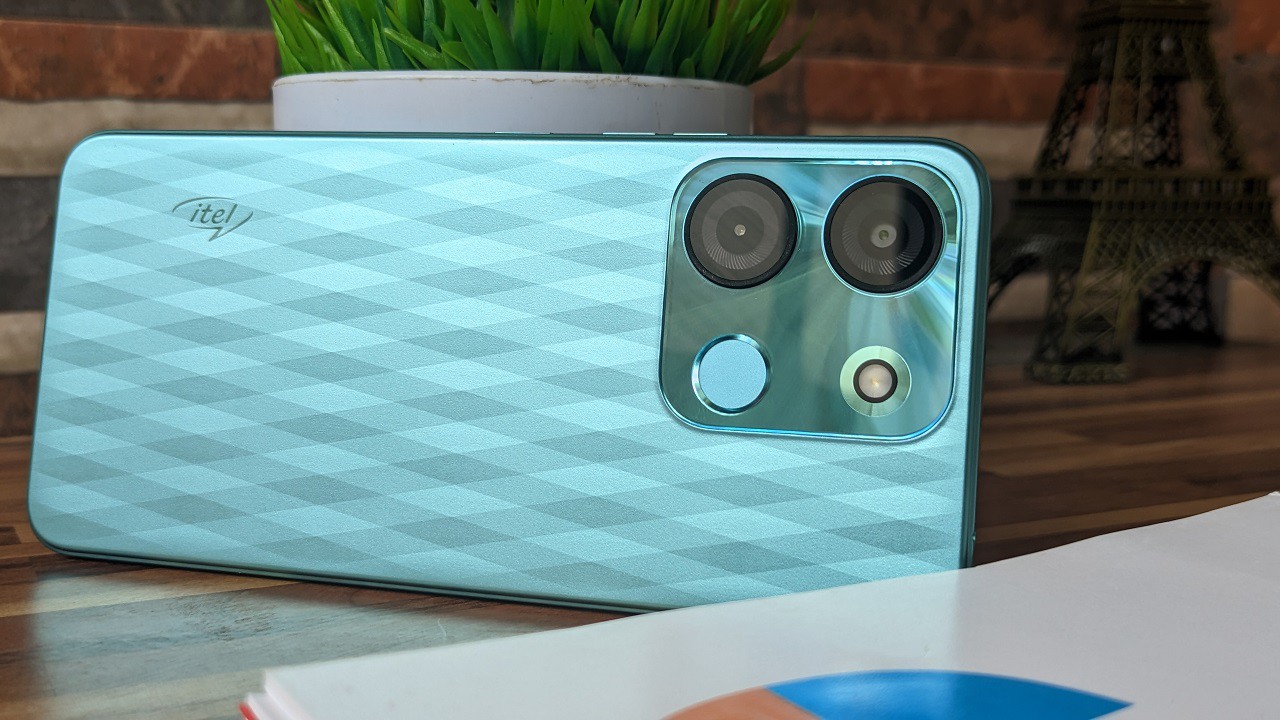
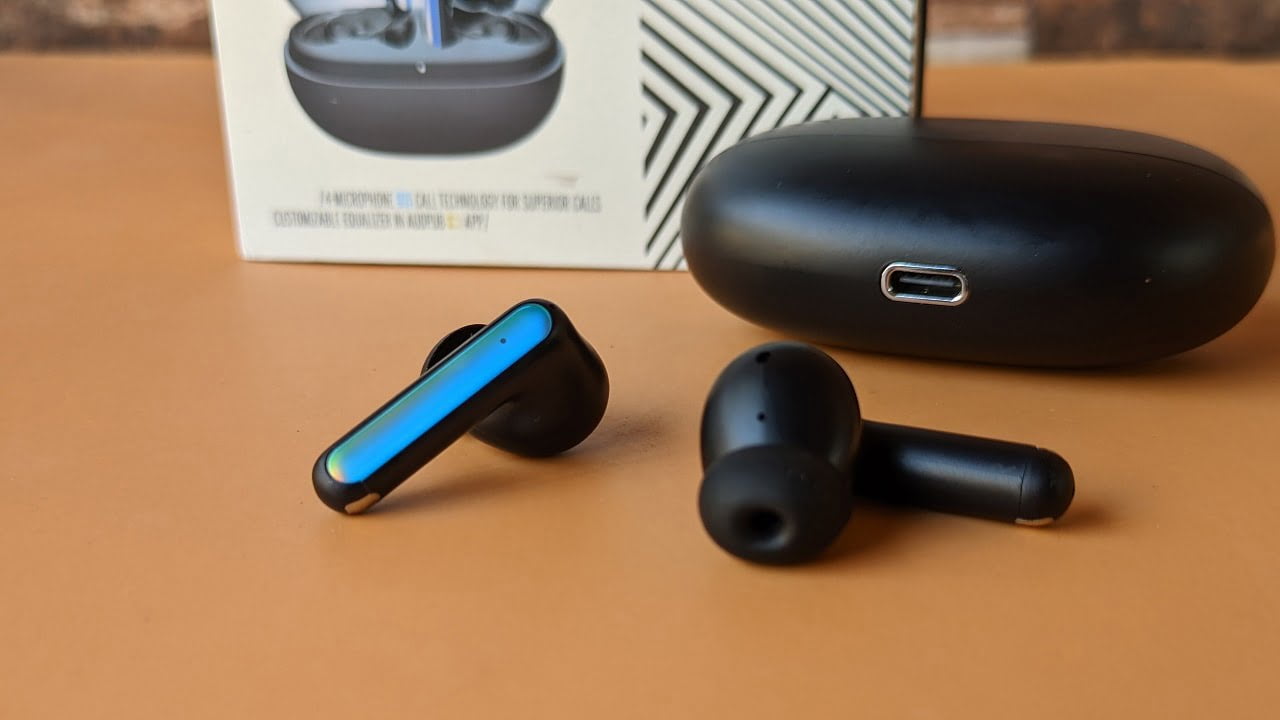
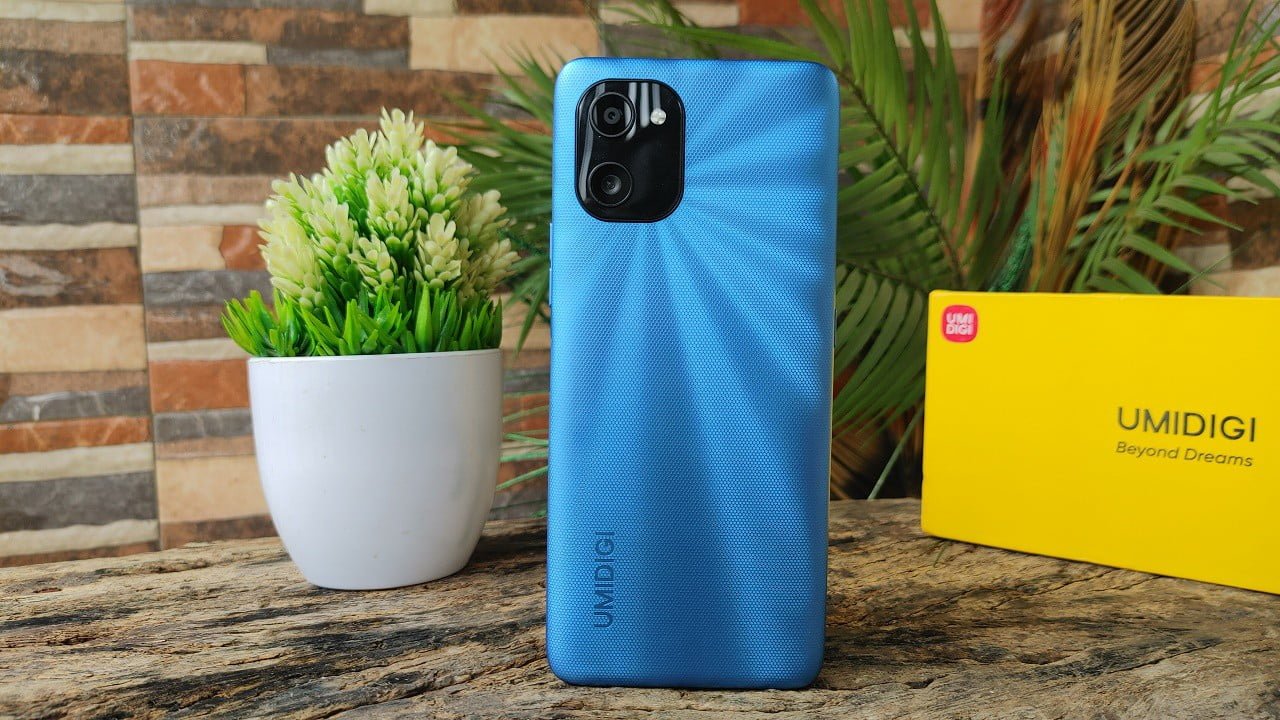
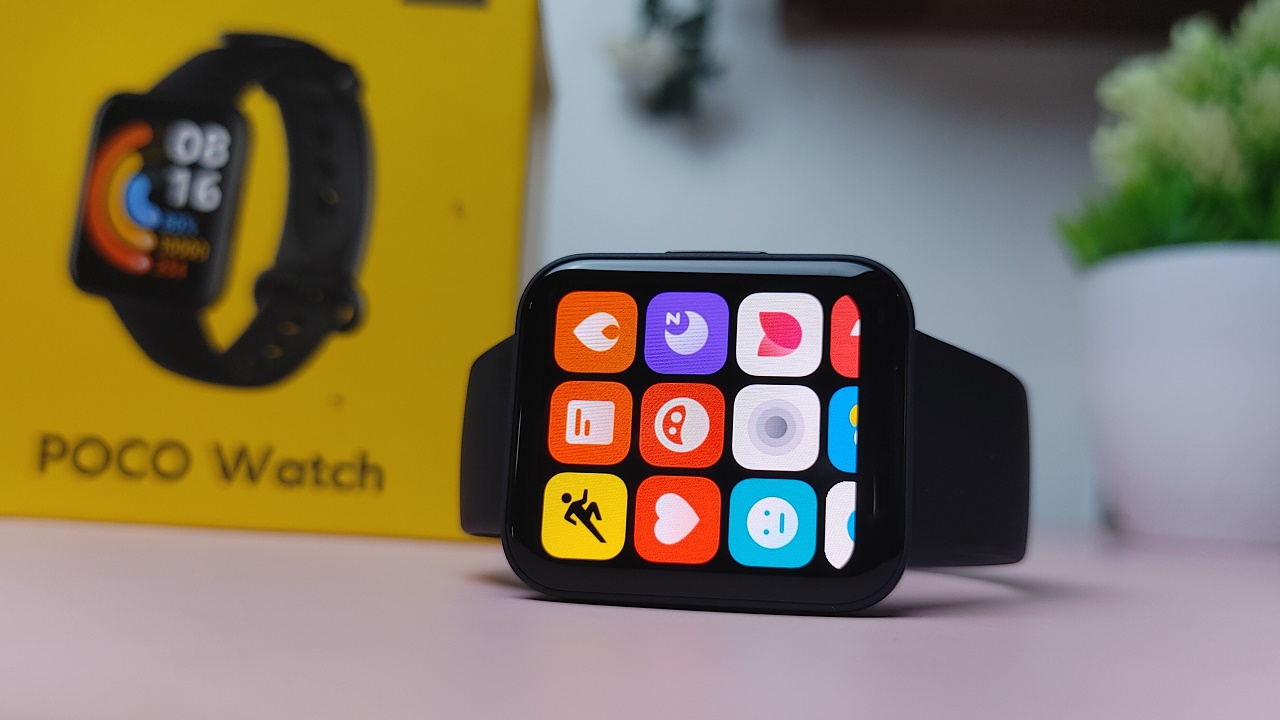
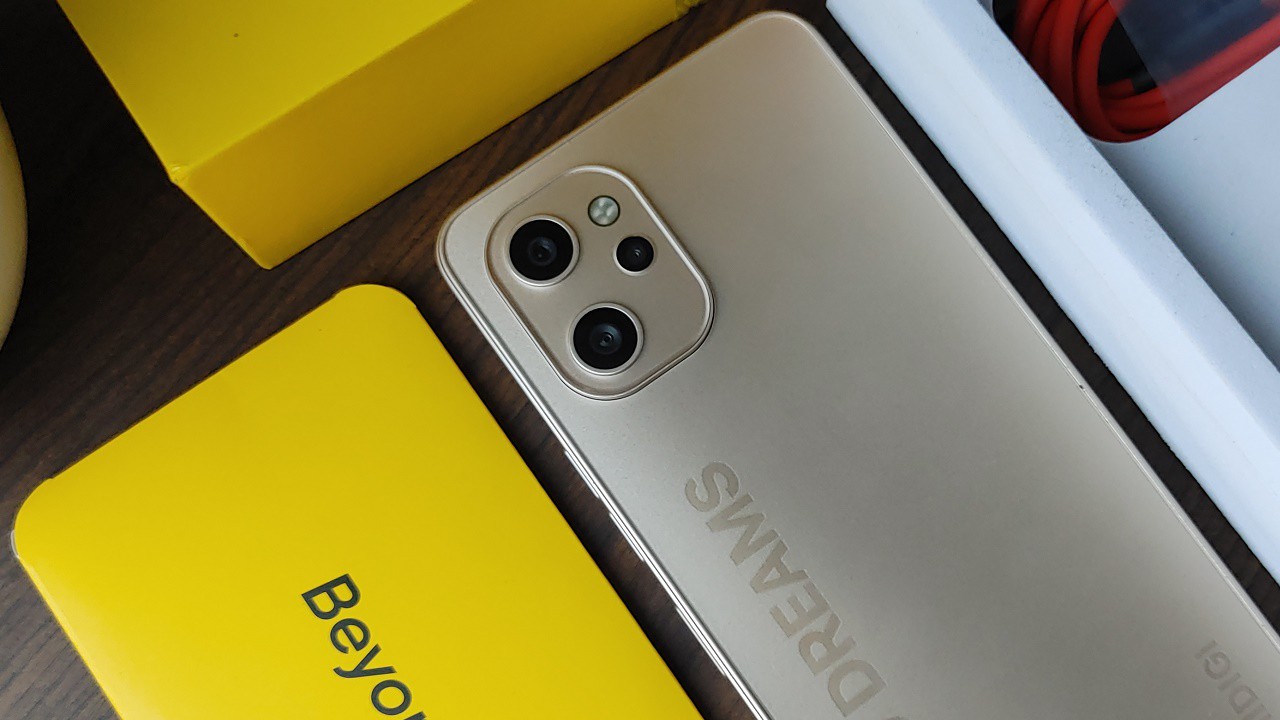
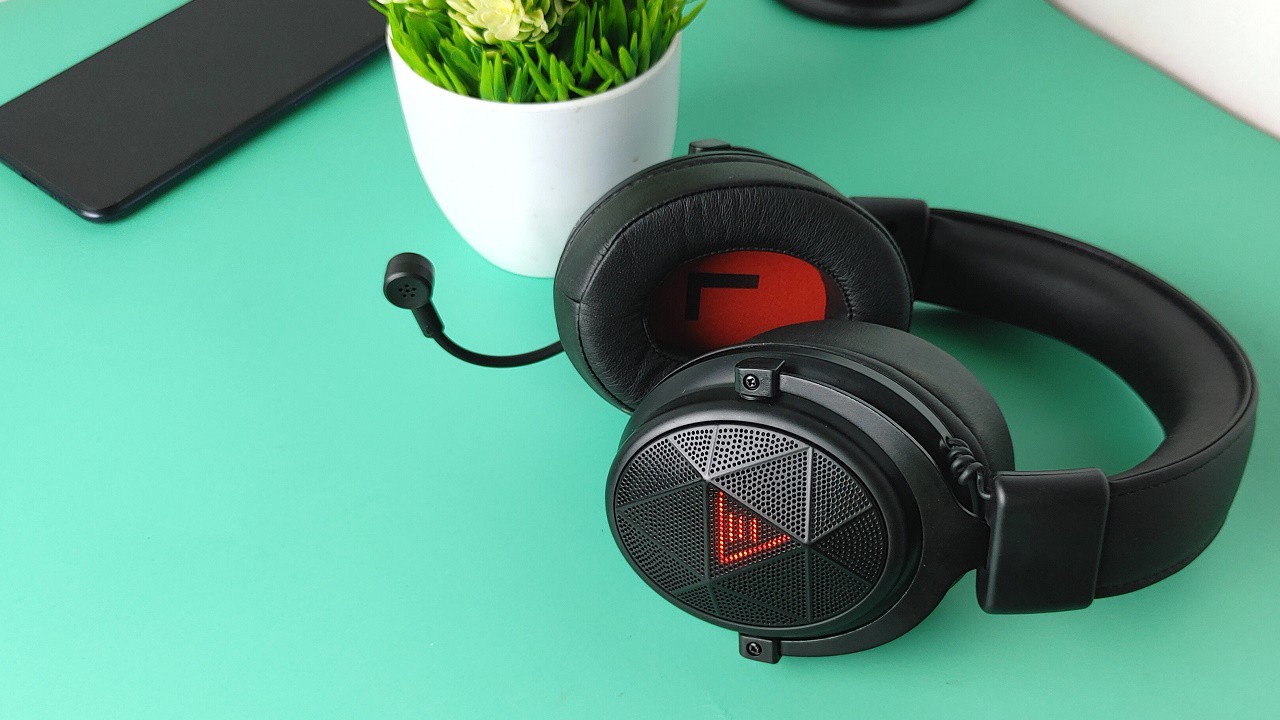
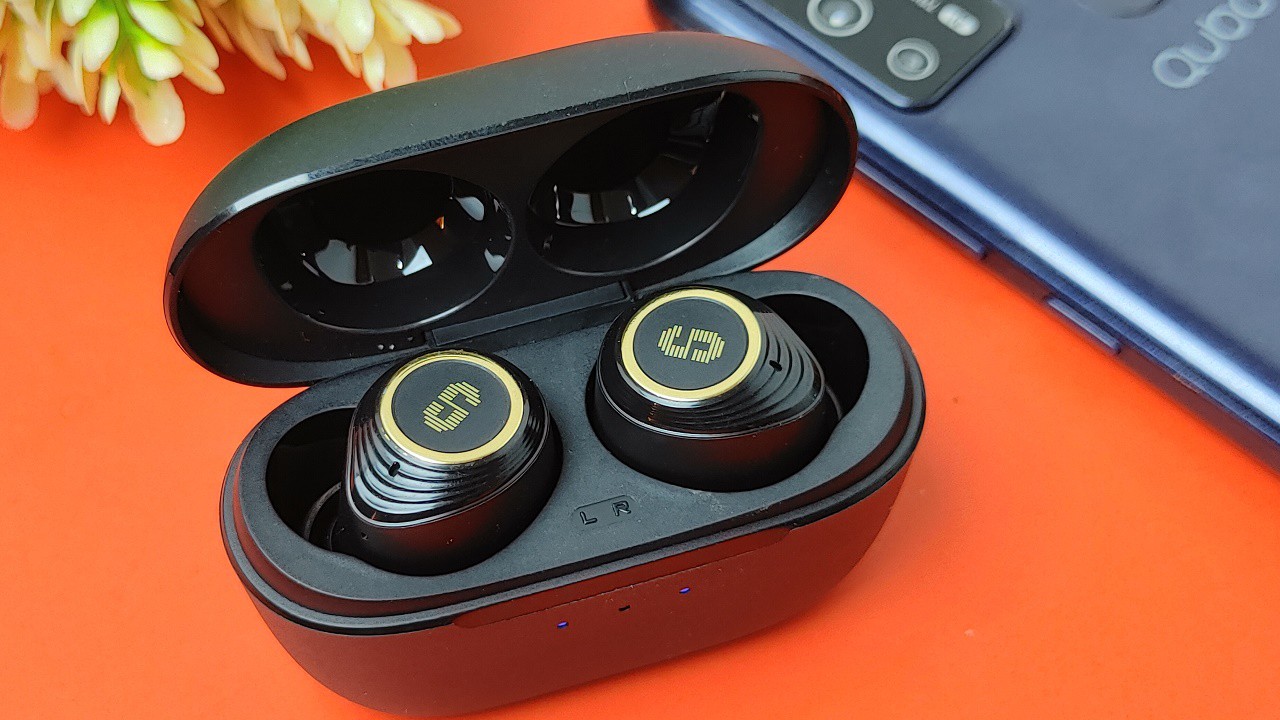
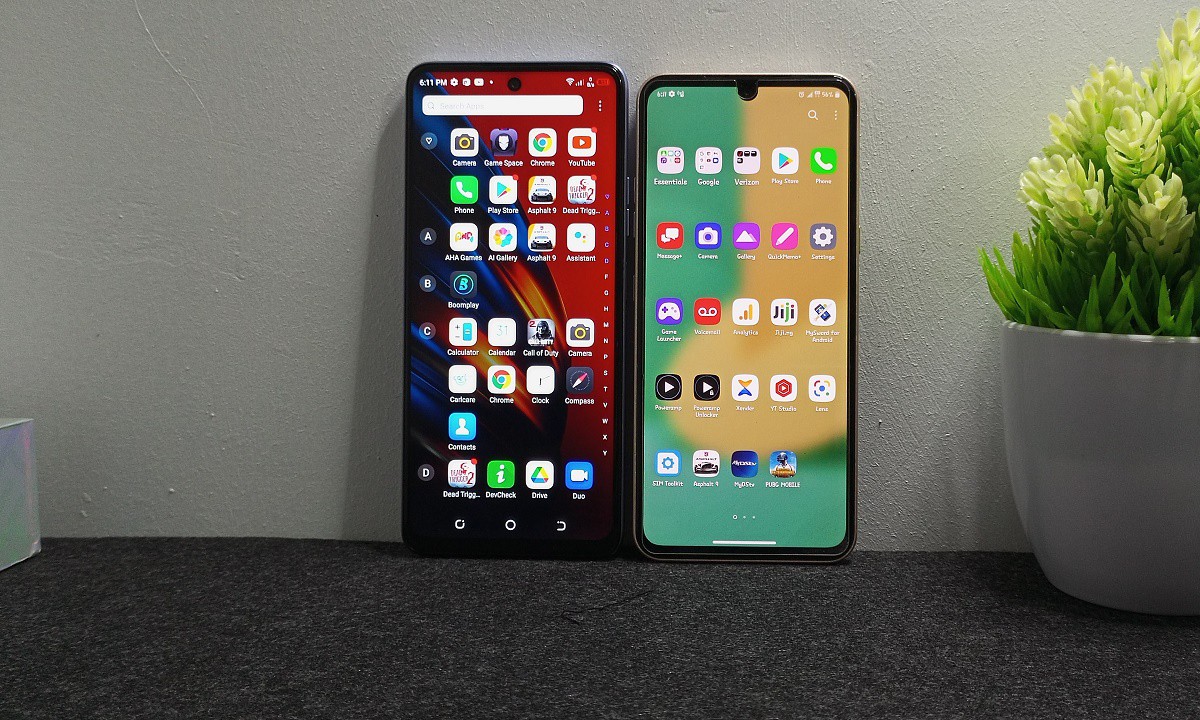

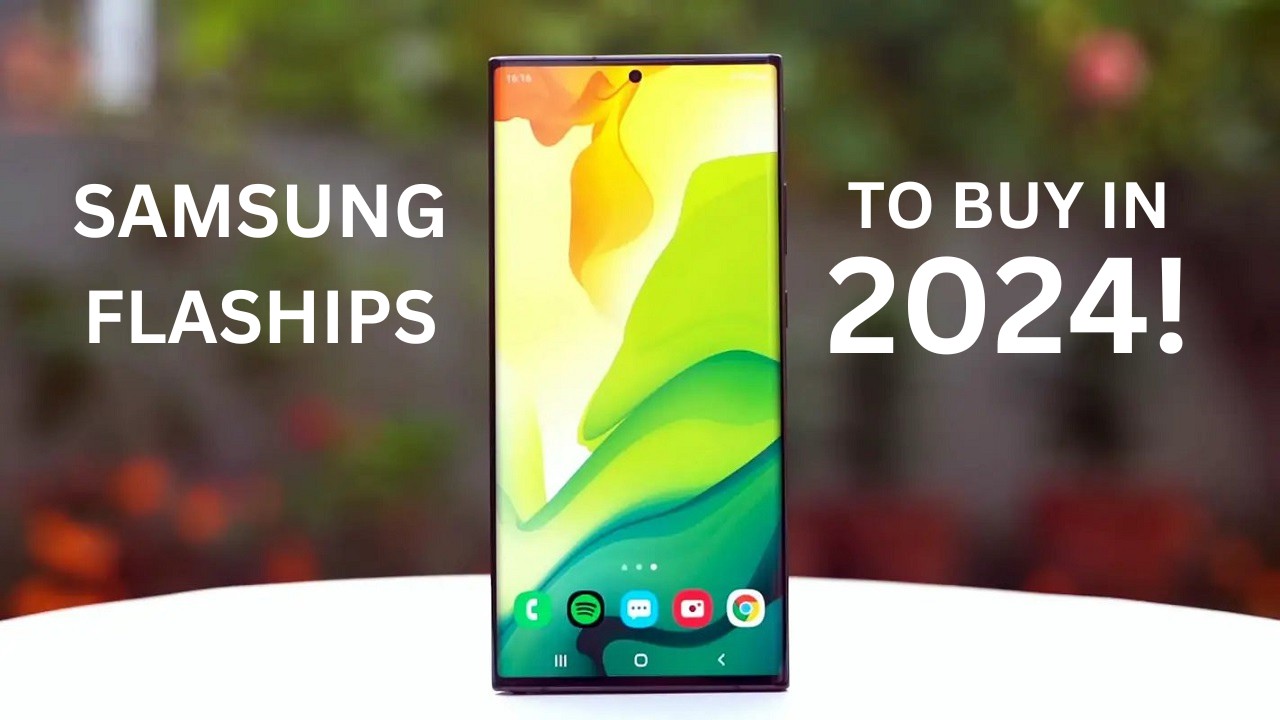
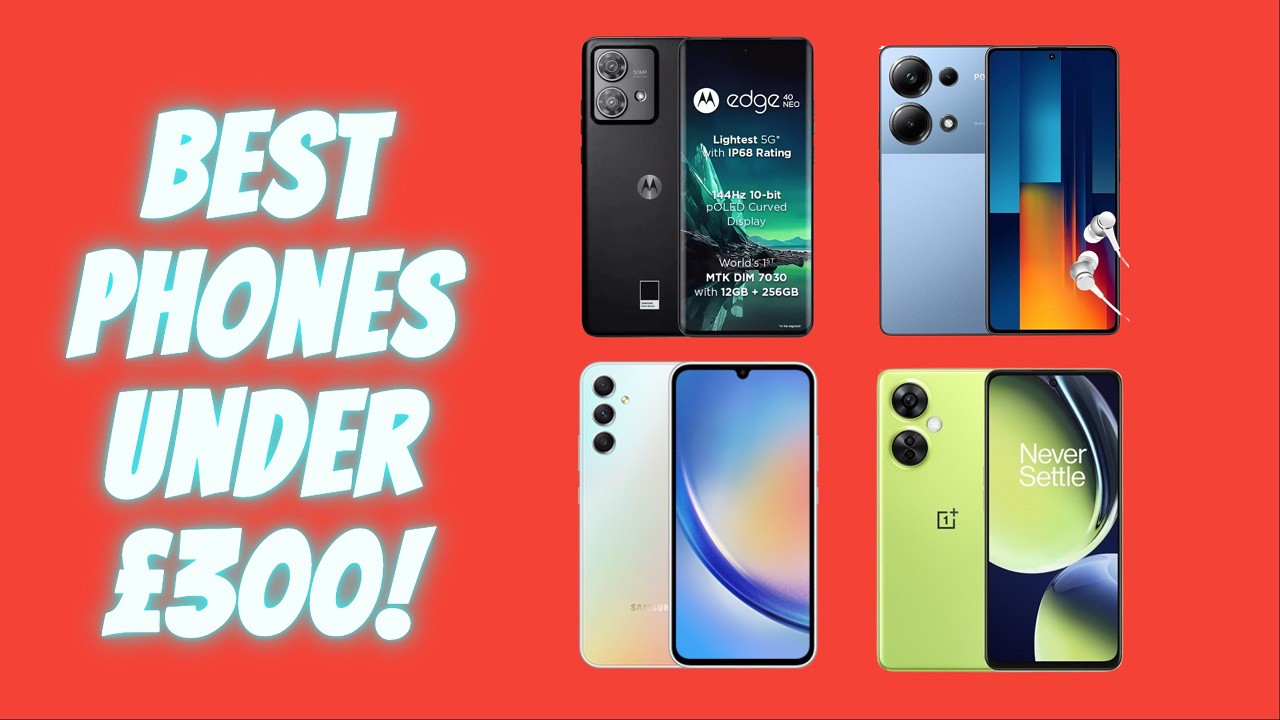

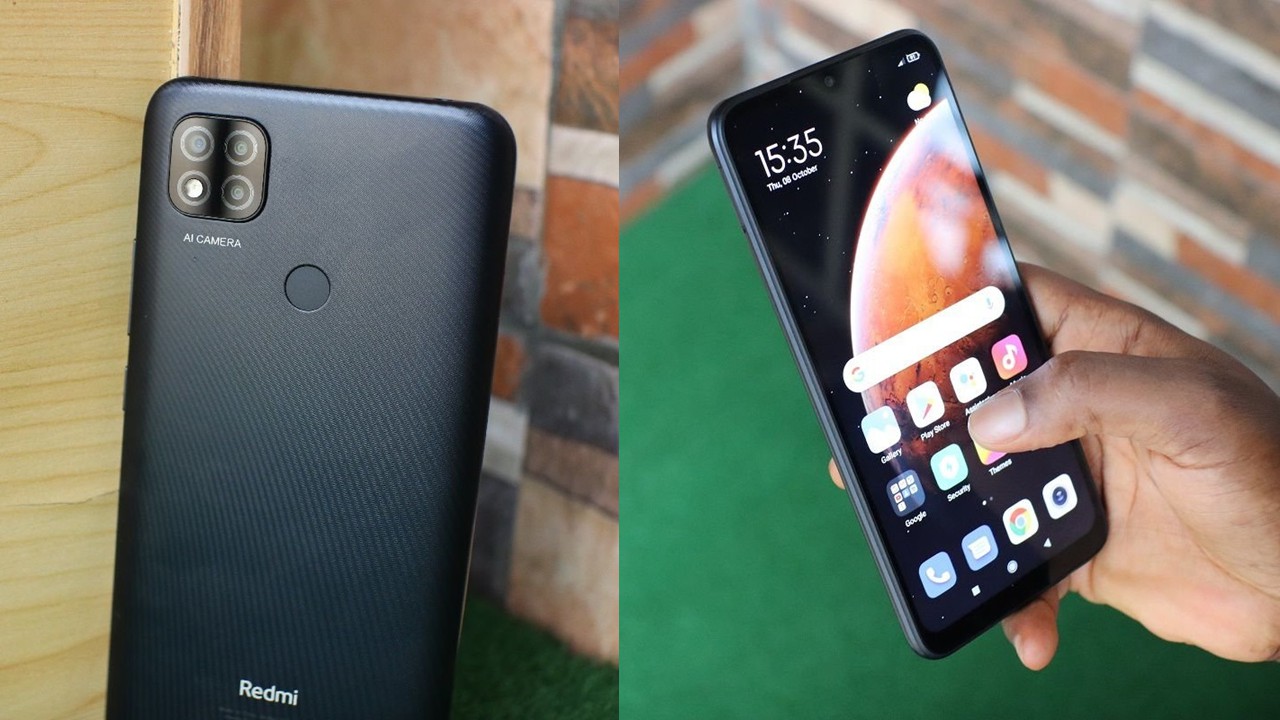
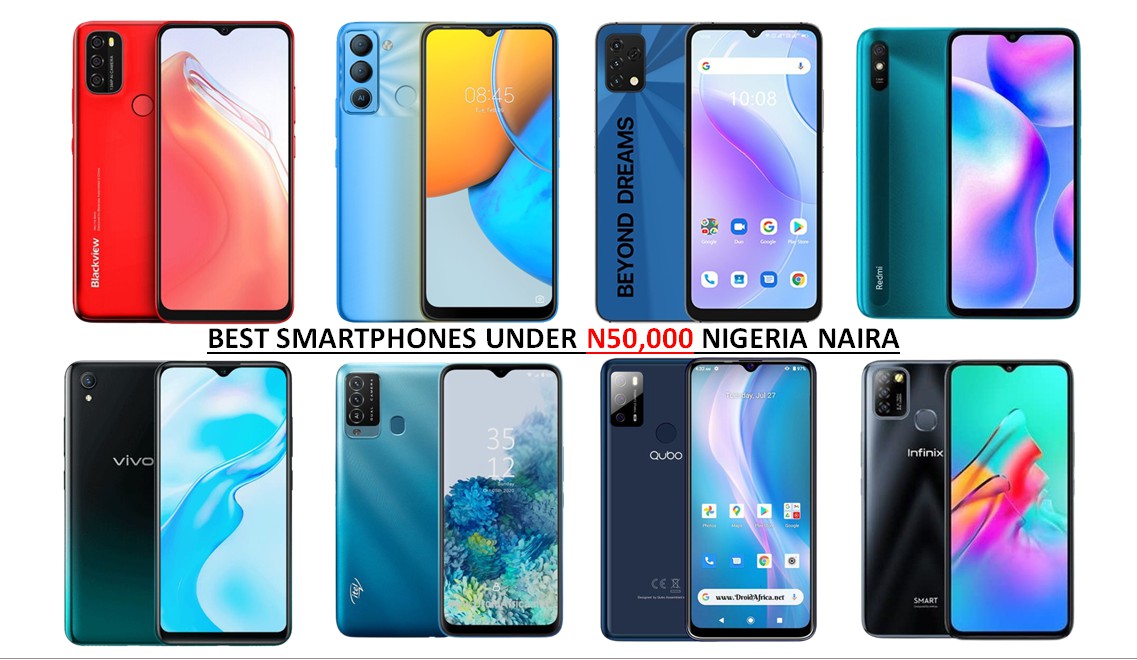
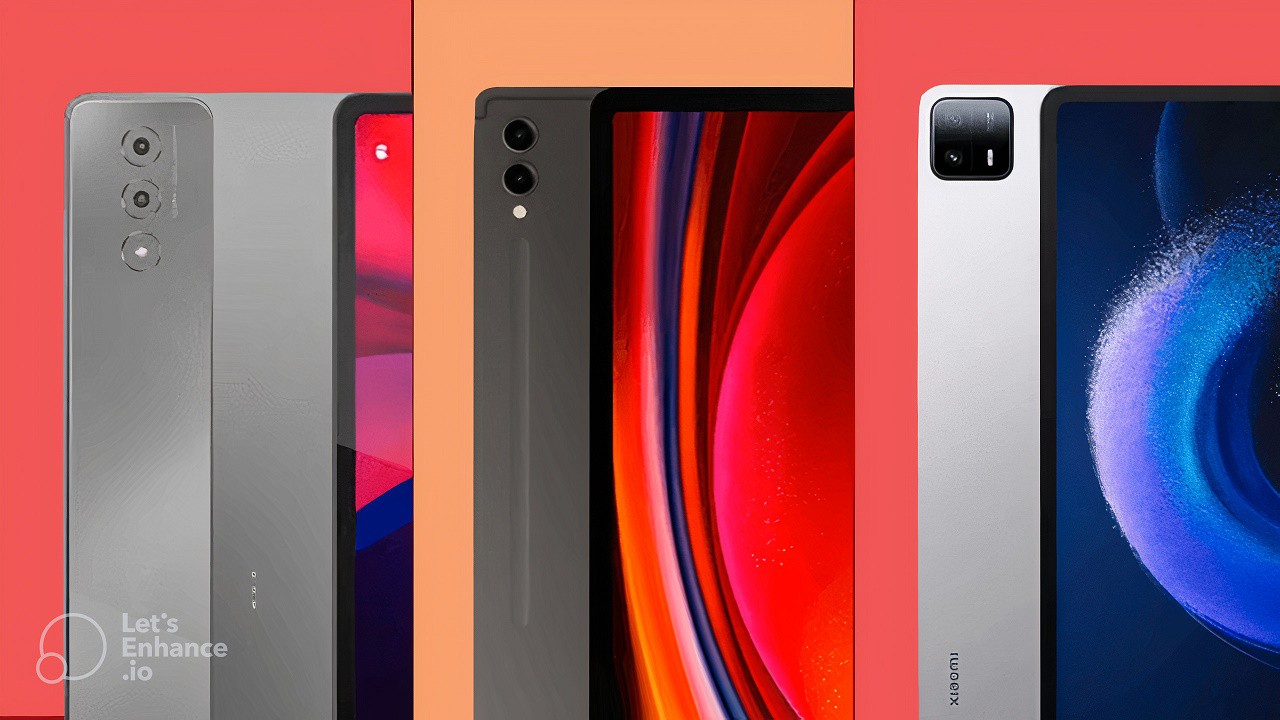
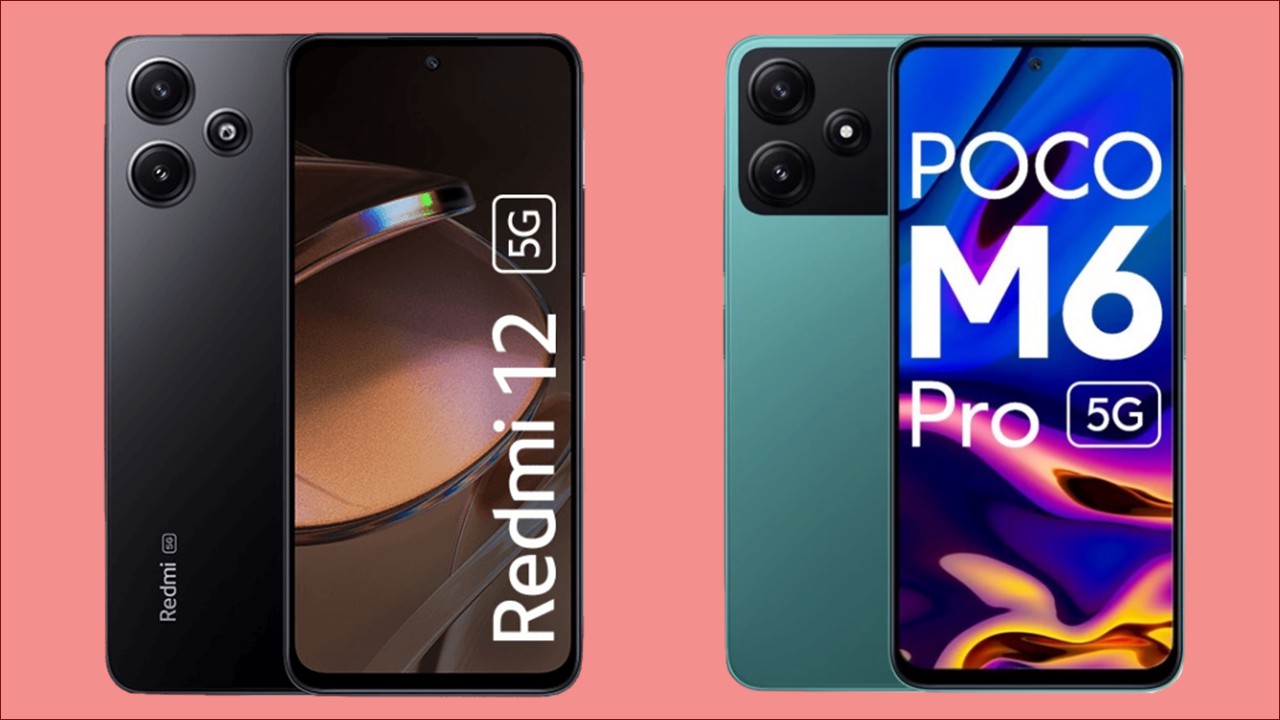
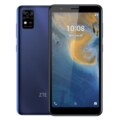
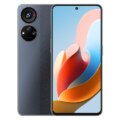
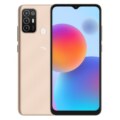
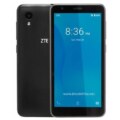
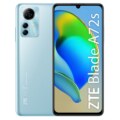
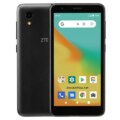
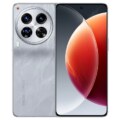

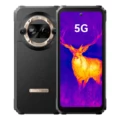
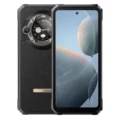
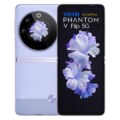
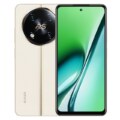

BATTERY IS THE BEST BUT ITS ALL PLASTIC
Does this blade v smart have mirror cast ?